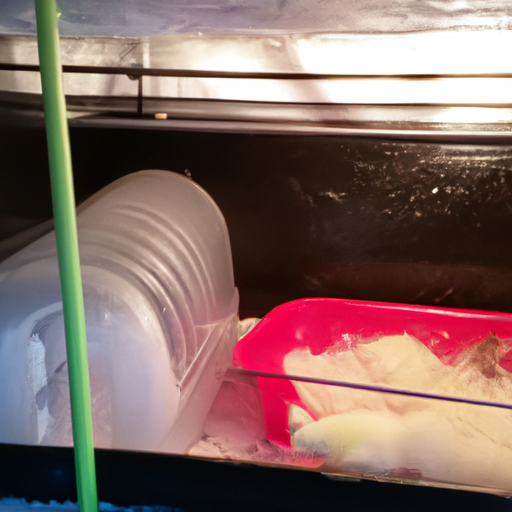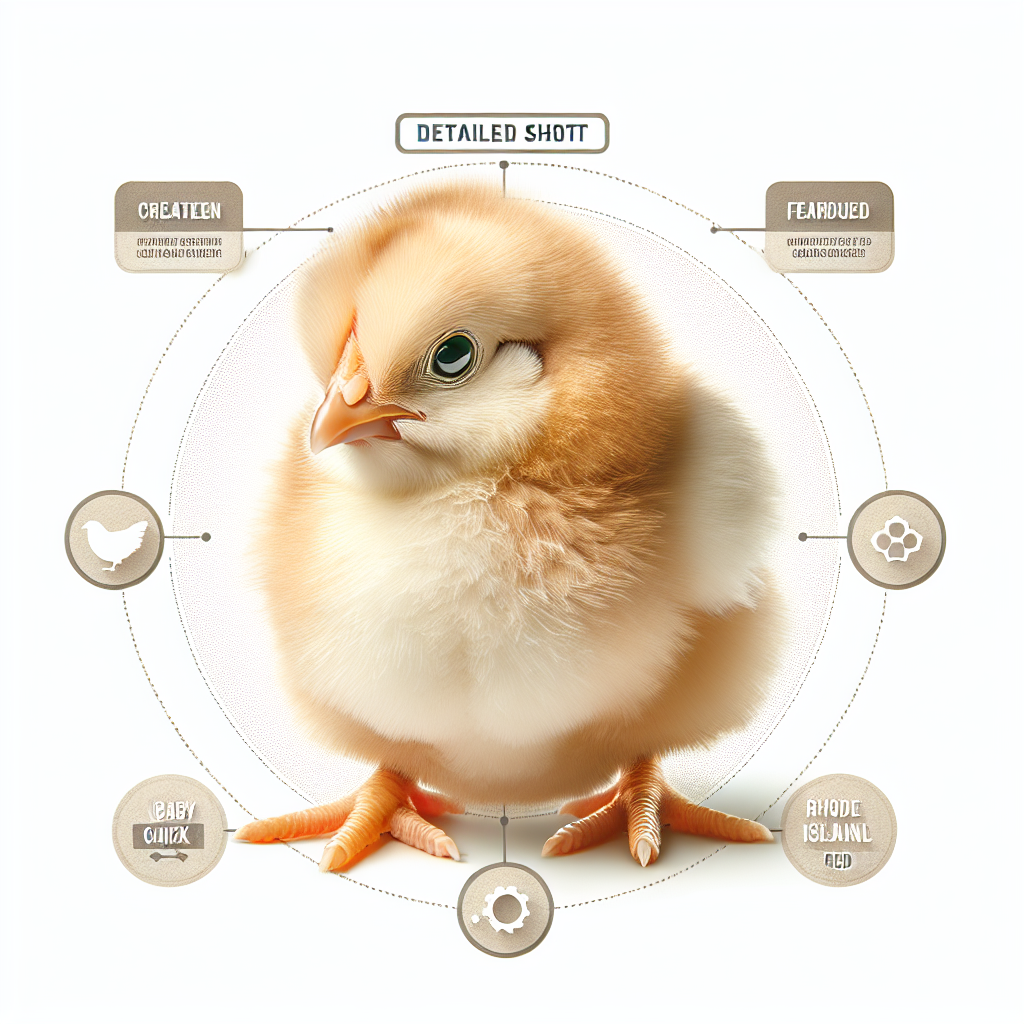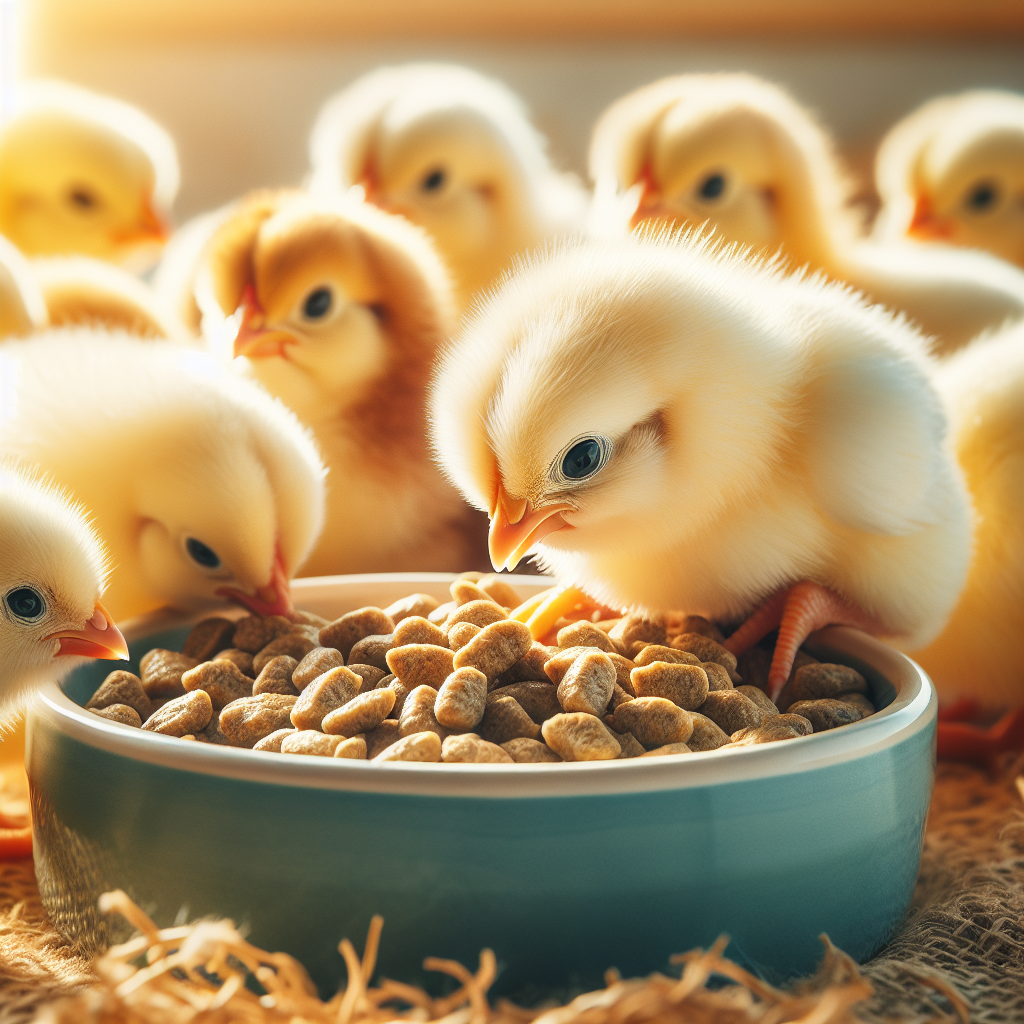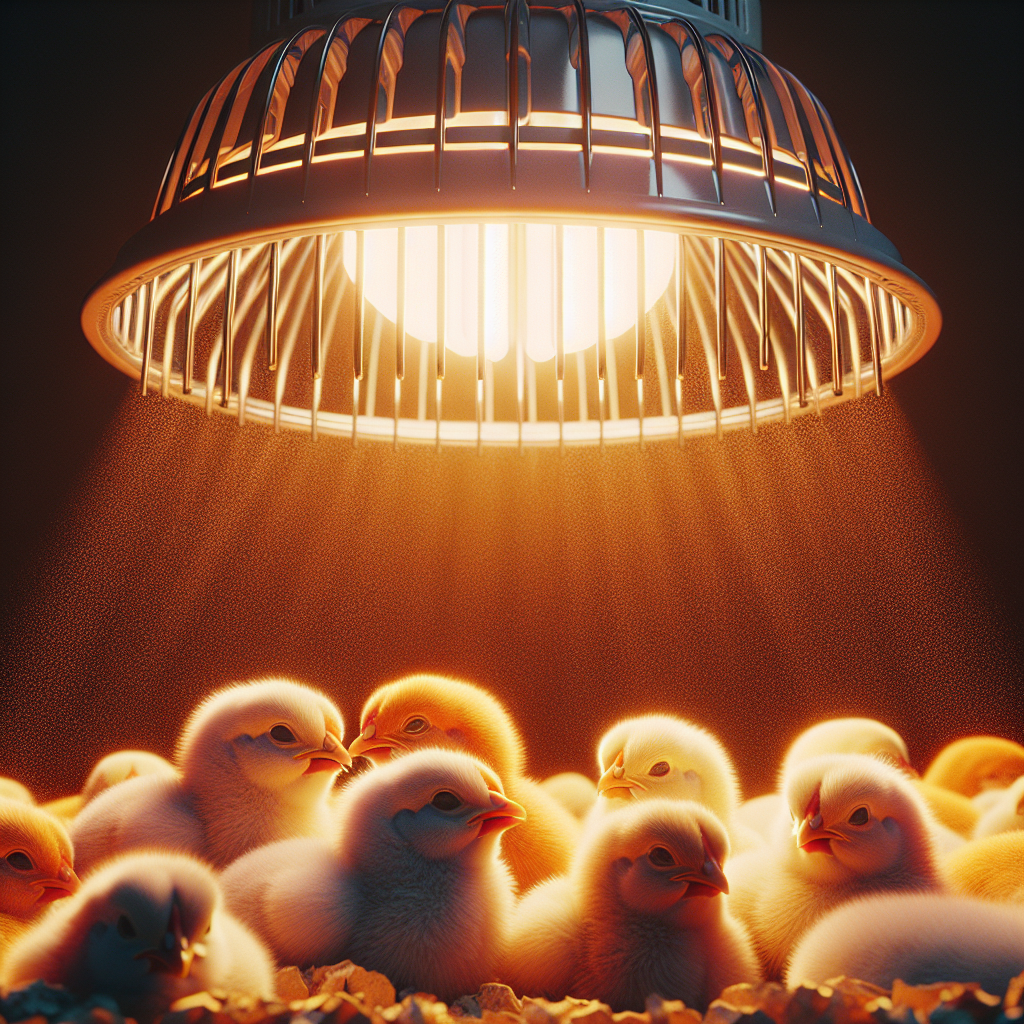Congratulations! You’ve just welcomed a group of adorable newly hatched chicks into your life. Now, what’s next? In this article, we’ll be exploring the essential care requirements for these tiny bundles of joy. From providing warmth and nourishment to ensuring a safe and comfortable environment, we’ll cover everything you need to know to give your chicks the best possible start in their journey of growth and development. So, let’s get started and learn how to create a nurturing and delightful experience for your feathered friends!
Feeding
Proper diet
When it comes to feeding newly hatched chicks, providing them with a proper diet is crucial for their growth and development. A balanced diet should consist of high-quality chick starter feed, which is specifically formulated to meet their nutritional needs. This feed is usually high in protein, vitamins, and minerals, giving the chicks a strong foundation for healthy growth.
Water accessibility
Water accessibility is another essential aspect of feeding newly hatched chicks. Make sure to provide them with clean, fresh water at all times. When they are first hatched, they might not know how to drink from a water source, so it’s important to dip their beaks into the water to show them how to drink. As they grow, make sure to adjust their water container to accommodate their increasing size and needs.
Feeding frequency
Newly hatched chicks have small stomachs, which means they need to eat frequently. Generally, chicks should be fed every two to three hours during the first few days. As they grow, you can gradually decrease the feeding frequency to three to four times a day. It’s important not to overfeed them, as it can lead to health issues. Monitor their feeding behavior and adjust accordingly.
Supplements
In addition to a balanced diet, supplements can play a vital role in supporting the health of newly hatched chicks. One common supplement is chick electrolytes, which help replenish their body fluids and provide essential nutrients. Another supplement to consider is probiotics, which promote healthy gut bacteria and aid in digestion. Consult with a veterinarian to determine the appropriate supplements for your chicks.
Temperature
Brooder setup
Creating a suitable brooder setup is crucial for maintaining the optimal temperature for newly hatched chicks. A brooder is a designated area where the chicks will live for their first few weeks. It should be well-insulated and free from drafts. Ensure that the brooder provides enough space for the chicks to move around comfortably, accommodating their growth and development.
Temperature requirements
Maintaining the correct temperature is vital for the well-being of the chicks. During the first week, the brooder temperature should be around 95°F (35°C). Gradually decrease the temperature by 5°F (2.8°C) each week until it reaches the ambient temperature. Use a reliable thermometer to monitor the temperature regularly and make adjustments as needed to keep the chicks comfortable.
Monitoring heat levels
Properly monitoring heat levels is essential to ensure the chicks don’t get too cold or hot. One effective way to monitor heat levels is by observing the chicks’ behavior. If they huddle together under the heat source, it may indicate that they are too cold. On the other hand, if they stay away from the heat source and excessively pant, they might be too hot. Adjust the temperature accordingly to maintain their comfort.
Lighting
Importance of light
Lighting plays a significant role in the well-being of newly hatched chicks. It not only helps them establish a natural day-night cycle but also stimulates their growth, development, and overall health. Exposure to the right amount of light is crucial for their bone strength, vitamin D synthesis, and visual development. Inadequate lighting can lead to weak chicks and developmental issues.
Light sources
Providing appropriate light sources is essential for the chicks’ well-being. A basic setup includes a brooder lamp with a heat bulb to provide warmth and light. Ensure that the light bulb is the appropriate wattage and type for chicks. Full-spectrum bulbs, designed specifically for poultry, can mimic natural sunlight and provide the necessary light spectrum for their development.
Light duration
The duration of light exposure is equally important for newly hatched chicks. During the first week, it is recommended to provide 24 hours of light to mimic the warmth and comfort they experience under a mother hen. From the second week onwards, gradually reduce the light exposure to around 12-14 hours per day. This will help develop a natural day-night cycle for the chicks, promoting healthy growth.
Bedding
Choosing appropriate bedding
Choosing the appropriate bedding for your brooder is crucial to ensure the comfort and health of newly hatched chicks. Opt for bedding materials that are safe, absorbent, and easy to clean. Popular choices include pine shavings, straw, or paper-based bedding. Avoid cedar shavings as they can be toxic to chicks.
Bedding maintenance
Maintaining clean bedding is essential to prevent the accumulation of waste, moisture, and bacteria. Spot clean the bedding daily by removing any wet spots or soiled areas. This helps prevent the growth of harmful bacteria and keeps the brooder clean and hygienic for the chicks. Regularly replace the bedding as needed to maintain a clean and comfortable environment.
Preventing splayed legs
Splayed legs, a condition characterized by the legs being spread apart or unable to support the chick’s weight, is a common issue in young chicks. Ensuring proper bedding can help prevent this condition. Provide a non-slip surface in the brooder by using a paper towel or a rubber mat. This will give the chicks stability and support, reducing the risk of splayed legs and promoting healthy leg development.
Brooder Setup
Size and space considerations
When setting up a brooder, it’s essential to consider the size and space requirements for the chicks. As a general rule, allocate at least 0.5 square feet (0.05 square meters) of space per chick for the first few weeks. This allows them to move around freely and engage in natural behaviors. As they grow, increase the space accordingly to accommodate their increasing size and needs.
Ventilation
Proper ventilation is crucial in maintaining a healthy brooder environment. It ensures the supply of fresh air and helps prevent the buildup of toxic gases such as ammonia. However, avoid exposing the chicks to drafts, as they can cause chilling. Position the brooder in a well-ventilated area while ensuring that it is free from direct drafts.
Protection from drafts
Drafts can be detrimental to the health of newly hatched chicks. Ensure that the brooder is well-insulated and protected from drafts. Check for any gaps or openings in the brooder that might allow cool air to enter. Cover these areas with appropriate materials, such as cardboard or blankets, to create a warm and draft-free environment for the chicks.
Hygiene
Cleaning the brooder
Maintaining a clean brooder is essential for the health and well-being of the chicks. Regularly clean the brooder to remove waste, soiled bedding, and any potential sources of contamination. Use a safe disinfectant to clean the brooder thoroughly, ensuring that it is free from harmful bacteria and parasites. Allow the brooder to dry completely before placing the chicks back in.
Preventing bacterial growth
To prevent the growth of harmful bacteria, always ensure the brooder is kept clean and dry. Do not allow accumulated waste or moisture to remain in the brooder, as it creates an ideal environment for bacterial growth. Change the bedding and clean food and water containers regularly to minimize the risk of contamination and keep the chicks healthy.
Regular disinfection
Regularly disinfecting the brooder is an important hygiene practice. After cleaning the brooder, apply a safe disinfectant to eliminate any remaining bacteria or parasites. Follow the instructions provided by the disinfectant manufacturer to ensure effective disinfection. Regular disinfection helps maintain a clean and healthy environment for the chicks and reduces the risk of disease transmission.
Socialization
Introducing other chicks
Chicks are naturally social animals and thrive when they have companions. If you have multiple chicks, it’s important to introduce them to each other gradually. This helps them establish a pecking order and reduces the chances of aggression. Observe their interactions closely and intervene if any aggressive behavior is observed. Providing enough space and resources for all chicks is also crucial to prevent conflicts.
Recognizing sibling separation
It’s not uncommon for chicks to be separated from their siblings during the hatching process. If you notice a solitary chick, it’s important to provide them with company. Social isolation can lead to stress and even health issues. Introduce the solitary chick to other chicks or consider keeping them with a surrogate mother, such as a stuffed animal. This provides them with the necessary socialization and warmth.
Avoiding loneliness
Loneliness can have a negative impact on the well-being of newly hatched chicks. Ensure that they have social interaction, whether from other chicks, humans, or even a surrogate mother. Spend time with the chicks, provide them with gentle handling, and talk to them in a soothing voice. This helps alleviate loneliness and promotes their emotional well-being.
Health Monitoring
Observe behavior and appearance
Monitoring the behavior and appearance of the chicks is crucial for their health. Pay attention to their activity levels, eating habits, and general demeanor. Healthy chicks are active, curious, and have a healthy appetite. Be vigilant for any changes in behavior, such as lethargy, decreased appetite, or abnormal droppings. Additionally, regularly check their appearance for any signs of illness or injury.
Veterinary check-ups
Regular veterinary check-ups are important to ensure the overall health and well-being of newly hatched chicks. A veterinarian experienced in avian care can conduct thorough examinations, provide necessary vaccinations if required, and address any health concerns. They can also provide valuable guidance on diet, husbandry practices, and potential health risks.
Treat any abnormalities
If you notice any abnormalities or signs of illness in your chicks, it’s important to take prompt action. Consult with a veterinarian or an experienced poultry keeper to identify the issue and determine the appropriate course of treatment. Early intervention can significantly improve the chances of a successful recovery and prevent the spread of illness to other chicks.
Exercise
Providing space to roam
Exercise is important for the physical development and overall well-being of newly hatched chicks. As they grow, provide them with ample space outside the brooder to explore and roam. This can be done by gradually introducing them to a larger enclosed area, such as a secure chicken run. Access to a safe outdoor space allows the chicks to engage in natural behaviors, stretch their wings, and develop muscle strength.
Encouraging physical activities
Encouraging physical activities is another way to ensure the chicks get enough exercise. Place toys, perches, and ramps in their environment to stimulate their natural instincts and promote movement. These physical activities not only help in muscle development but also provide mental stimulation for the chicks, keeping them active, entertained, and healthy.
Safety Measures
Preventing escape
Newly hatched chicks are small and curious creatures, making it essential to prevent them from escaping their designated area. Ensure that the brooder is secure and free from openings or gaps that the chicks could squeeze through. Use appropriate wire mesh or fencing to enclose the area and check for any potential escape points regularly. A secure brooder prevents accidents and keeps the chicks safe.
Securing brooder area
Securing the brooder area is vital to protect the chicks from outside threats and predators. Whether the brooder is indoor or outdoor, make sure it is fully enclosed and predator-proof. Outdoor brooders should have a sturdy roof to protect the chicks from aerial predators. Secure the brooder door with latches or locks to prevent accidental openings and unauthorized access.
Avoiding hazards
Identifying and avoiding potential hazards is essential for the safety of newly hatched chicks. Remove any sharp objects, toxic plants, or chemicals from the brooder environment. Ensure that electrical cords are kept away from the chicks, as they might peck or chew on them. Additionally, avoid placing the brooder near potentially dangerous areas, such as pools or steep slopes, to minimize the risk of accidents.
Taking care of newly hatched chicks requires attention to various aspects, from feeding and temperature regulation to socialization and safety. By providing a proper diet, maintaining suitable living conditions, and monitoring their health, you can ensure the well-being and healthy development of your adorable flock. With some love, care, and attention, you’ll watch these cute chicks grow into happy, thriving chickens.




